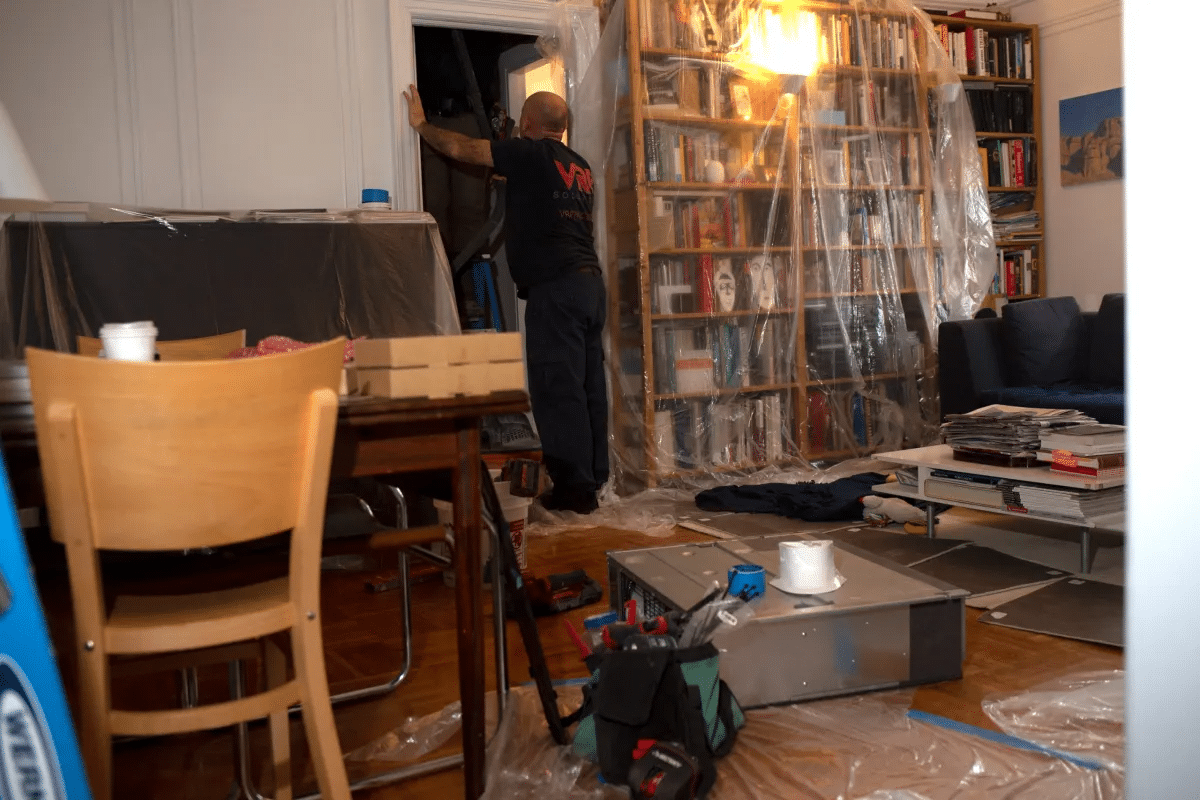Brooklyn's 2010 Census Count
The city is calling into question the 2010 Census numbers released yesterday, saying the population count, at a record high of 8,175,133, falls short of its projections. (The Observer reports the Census Bureau is standing behind its data). Meanwhile, here are some of the stats released about Brooklyn: -The Local’s chart on Brooklyn’s stats show…
The city is calling into question the 2010 Census numbers released yesterday, saying the population count, at a record high of 8,175,133, falls short of its projections. (The Observer reports the Census Bureau is standing behind its data). Meanwhile, here are some of the stats released about Brooklyn:
-The Local’s chart on Brooklyn’s stats show an increase of 39,374 people in Brooklyn between the 2000 and 2010 tallies, for a total of 2,504,700.
-According to The Times, “Manhattan and Brooklyn accounted for the only counties in the country with a million or more people where the white share of the population rose.”
-Also from The Times: “According to the census, Queens registered a net loss in occupied housing since 2000 and a 59 percent increase in vacancies. Brooklyn recorded a 66 percent rise in vacancies. In the eyes of the census, [Joseph J. Salvo, the director of the population division at the city’s Planning Department] said, ‘huge swaths of housing have essentially been depopulated.’ He added that in many cases, the neighborhoods where the census found high vacancy rates were not necessarily where new housing had been built, or where foreclosures had been rampant.”
-The screengrab above is from WNYC’s interactive map, which lets you zoom in on tracts to see the population increases and decreases that were reported.
Census: New York City’s Population Barely Rose in the Last Decade [NY Times]
Mapping Changes in the Five Boroughs [WNYC]
A Population Grows in Brooklyn [The Local]
Census Bureau Stands By Numbers [NY Observer]









Who in NYC commutes 2 hours (one way) to work?
There is only one thing to do; cede from the State of New York and keep _some_ of our tax revenue. Later for Albany. Bloomy has the chutzpah if it would give him another term as our “governor.”
For my census block, WNYC’s map shows a 722% increase in the white population, and the NYT map ( http://projects.nytimes.com/census/2010/map ) shows the increase as +1,627%…yowzers…confirms what we’ve seen around the neighborhood.
> We’re up to what, 40 years on the 2an Avenue subway?
Per Wikipedia:
“Originally proposed in 1929… work on the line never commenced, as the Great Depression crushed the economy of the state and country…”
“The city started planning, again, in 1945, to build the new subway and bought a prototype train (the R11) in 1949 for use on the new line. New York voters approved bond acts for its construction in 1951 and in 1967. Money from the 1951 bond measure was diverted to buy new cars, lengthen platforms, and maintain other parts of the aging New York City subway system. The proceeds of the 1967 bond act were partly used to begin tunneling under Second Avenue. Digging began in 1972; however, a few years later, the city became insolvent…”
“On November 8, 2005, voters in New York State passed the Transportation Bond Act, which will, among other projects, partially fund construction of the line…”
I understand the point of distributed employment centers, and they work out well for some.
However, what I saw happen in LA is that people become attached to certain neighborhoods while the available jobs moved from employment center to employment center.
The result is that a job change could have a huge impact on commute time.
I faced this myself.
My inital commute was 15 minutes, then my my company moved me to offices 30 and 40 minutes away.
Later, when I started to look for new jobs I found many openings that were good fits for me, but most were an hour or or more away.
In the New York model, changing your work location from one business center to another usually has not more than a 20 minute impact on travel time, and often less.
I attended a lecture a few weeks ago at MAS given by that fellow from Penn with the unpronouncable name wzyrczicky?.
Anyway, he talked about a recent scientific poll conducted by some high-fallutn’ organization that asked Americans what they were looking for in an urban environment. It turns out Americans want to live in cities that are spread out, not packed densely together, they want warm climate not cold climate, they want modern street and highway infrastructure. In other words they want Dallas, or Orlando, or Phoenix. It was depressing.
BoerumHillScott — I get the criticism, but the point of my comments is that you shouldn’t have folks (in large numbers) commuting from Staten Island to Jamaica or from Jersey City to X Y or Z far away place. This is the problem!
I don’t see the answer as being a bullet train from Flushing… but figuring out a way that a single mother doesn’t have to commute 4-hours a day to be a receptionist in Midtown!
Wasder, I have you beat: white population up by over 1000% right where the Crown Heights/Prospect Heights arguments happen. Zoinks.
“The mail in census response rate in Williamsburg was about 31%.”
makes sense – assuming the entire hasidic community didn’t participate, and equal parts of the hispanic/white community were indifferent.
someone actually knocked on my door to take my census stuff. weird.